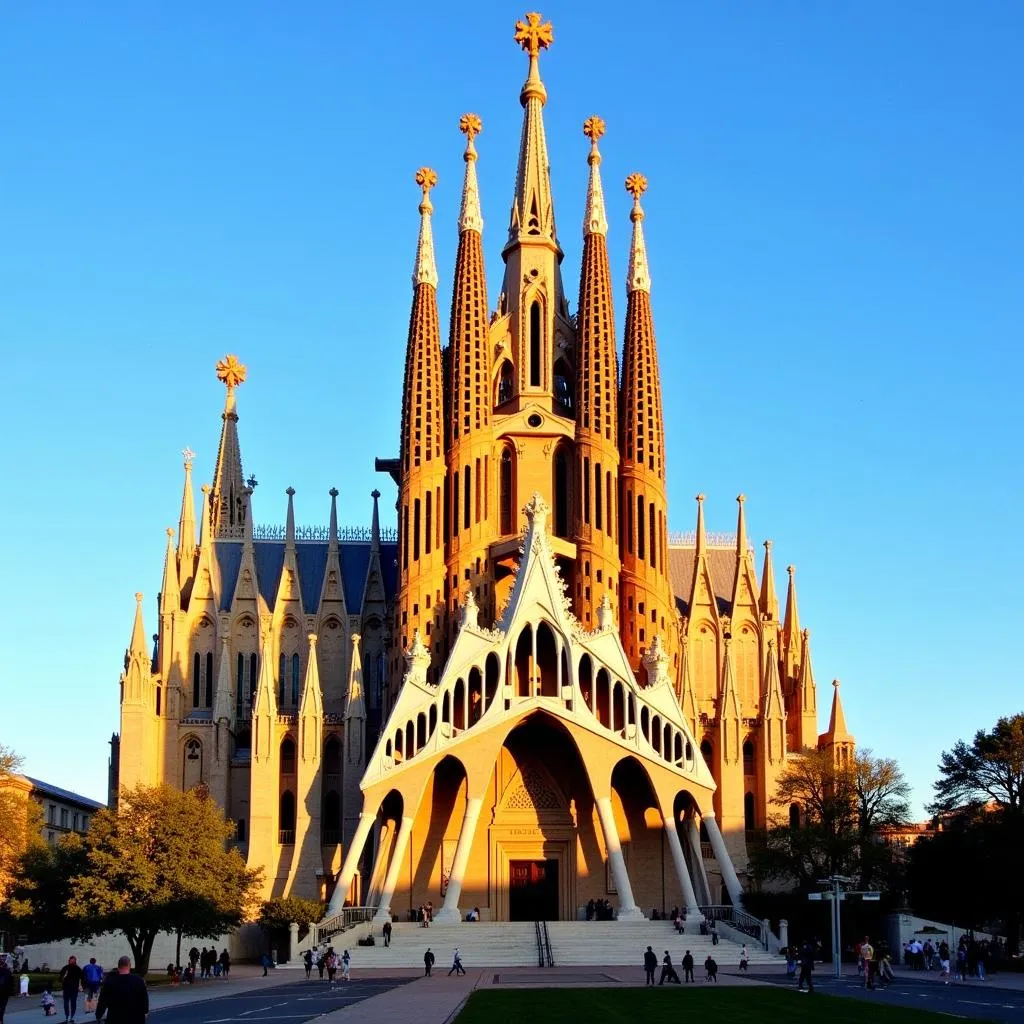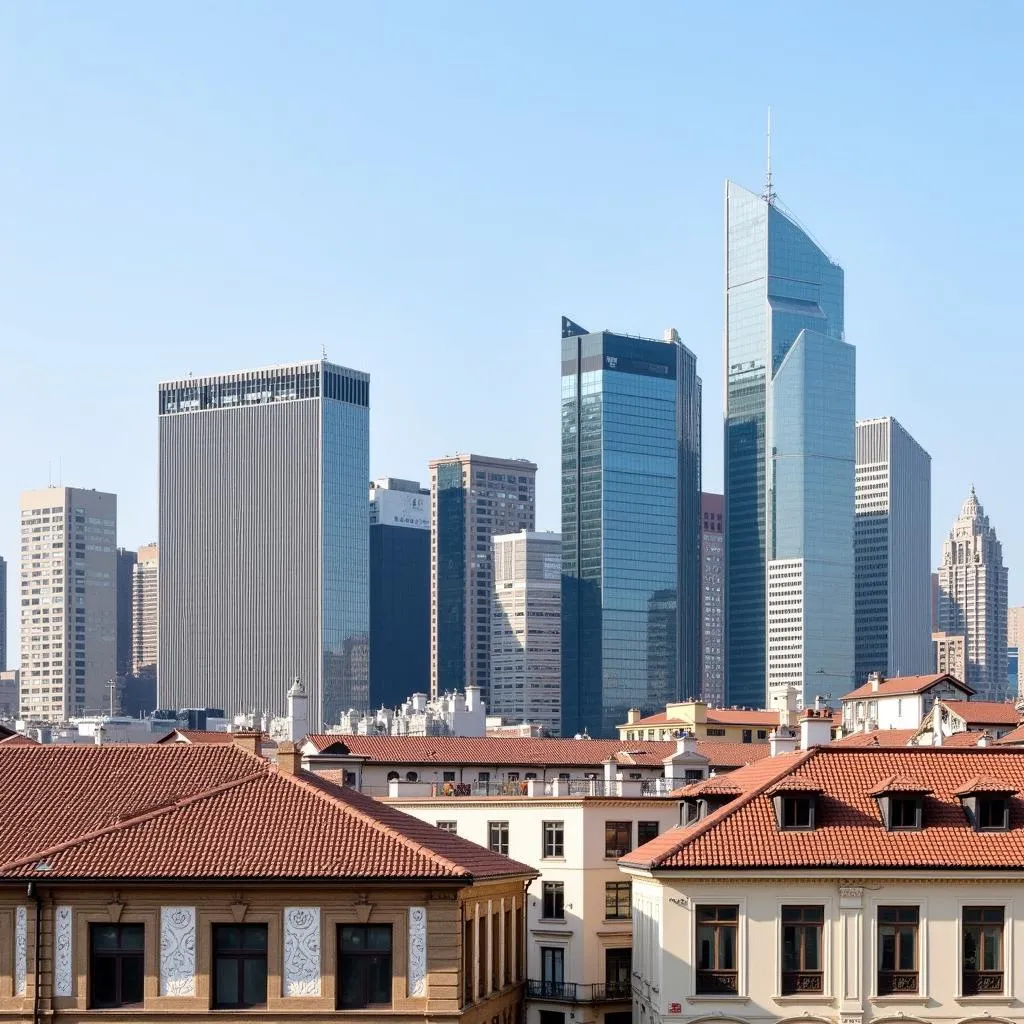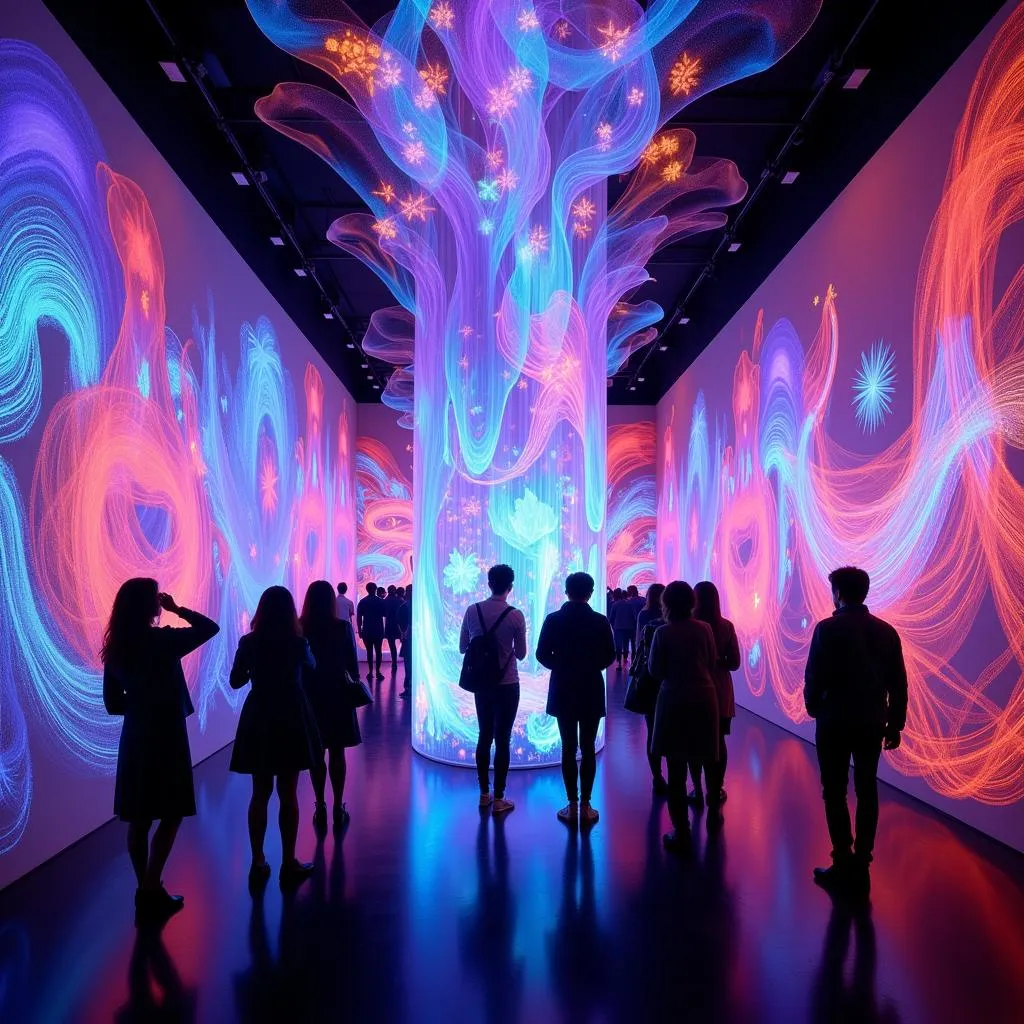The IELTS Speaking test often includes questions about memorable places or buildings. One common topic is describing a building that left a strong impression on you. This question allows candidates to showcase their vocabulary, fluency, and ability to express personal experiences. Let’s explore how to answer this question effectively and maximize your score.
Table Of Contents
Part 1: Introduction and Interview
In Part 1, the examiner may ask general questions about buildings and architecture. Here are some possible questions:
- Do you like modern or traditional buildings?
- What type of building do you live in?
- Are there any famous buildings in your hometown?
Let’s focus on the first question:
Examiner: Do you like modern or traditional buildings?
Band 6-7 Answer:
I generally prefer modern buildings. They often have more interesting designs and use advanced materials. For example, I really like the glass skyscrapers in big cities because they look sleek and futuristic.
Band 8-9 Answer:
I appreciate both modern and traditional buildings for different reasons. Modern architecture often captivates me with its innovative designs and cutting-edge materials, like the stunning Burj Khalifa in Dubai. However, I also have a deep respect for traditional buildings, particularly those that showcase intricate craftsmanship and cultural heritage, such as the ancient temples in Kyoto, Japan. Ultimately, I believe the most impressive buildings are those that seamlessly blend contemporary elements with historical influences.
Describe a holiday destination you want to explore to further enhance your speaking skills and expand your vocabulary for discussing travel and architecture.
Part 2: Long Turn (Cue Card)
Here’s a sample cue card related to describing a building:
Describe a building you visited that left a strong impression on you
You should say:
- What the building was
- Where it was located
- When you visited it
- Why it left a strong impression on youBand 6-7 Answer:
I’d like to talk about the Sydney Opera House, which I visited last year during my trip to Australia. It’s located right on Sydney Harbour, and it’s one of the most famous buildings in the world.
The Opera House really impressed me because of its unique design. It looks like giant white shells or sails, which is very different from other buildings I’ve seen. The way it sits right by the water is also beautiful.
I visited in the evening, and the lights shining on the building made it look even more spectacular. I was amazed by how big it was up close and how many people were there to see it.
What left the strongest impression on me was the combination of its unusual architecture and its perfect location. It’s not just a building, but a symbol of Sydney and Australia. I’ll never forget seeing it in person.
Band 8-9 Answer:
I’d like to discuss the awe-inspiring Sagrada Familia in Barcelona, Spain, which I had the privilege of visiting last summer. This architectural masterpiece, designed by the renowned Antoni Gaudí, is situated in the heart of Barcelona and stands as an iconic symbol of the city.
The Sagrada Familia left an indelible impression on me for several reasons. Firstly, its sheer scale is breathtaking – despite being under construction for over a century, it still dominates the skyline with its intricate spires and facades. The moment I stepped inside, I was overwhelmed by the interplay of light and color streaming through the stained glass windows, creating an almost ethereal atmosphere.
What truly sets this basilica apart is Gaudí’s innovative fusion of Gothic and Art Nouveau styles, resulting in a structure that seems to defy conventional architectural norms. The organic forms and nature-inspired elements throughout the building, such as the tree-like columns and spiral staircases, demonstrate an unparalleled level of creativity and vision.
Furthermore, the ongoing construction adds another layer of fascination. Witnessing skilled artisans continuing Gaudí’s work using modern technology alongside traditional techniques was truly remarkable. This juxtaposition of past and present serves as a testament to the enduring power of human creativity and determination.
In essence, the Sagrada Familia transcends being merely a building; it’s a living work of art that continues to evolve. Its ability to evoke a sense of wonder and spirituality, regardless of one’s religious beliefs, is what left the strongest impression on me. This experience has profoundly altered my perception of architecture’s potential to inspire and transform.
 Sagrada Familia in Barcelona, Spain
Sagrada Familia in Barcelona, Spain
Follow-up questions:
- How did the building compare to your expectations?
- Would you recommend others to visit this building? Why or why not?
Band 8-9 Answer for Question 1:
The Sagrada Familia far exceeded my expectations. While I had seen countless photographs and read numerous articles about it, nothing could have prepared me for the overwhelming sensory experience of being there in person. The sheer scale and intricacy of the design were far more impressive than I had anticipated. What particularly surprised me was the interior – the way the light filtered through the stained glass created an atmosphere that was both serene and vibrant, something that simply cannot be captured in images. Moreover, the ongoing construction added an unexpected dimension to the visit, allowing me to witness the living, breathing nature of this architectural marvel.
Band 8-9 Answer for Question 2:
I would wholeheartedly recommend visiting the Sagrada Familia to anyone with even a passing interest in architecture, art, or culture. It’s a truly unique experience that goes beyond mere sightseeing. The building serves as a testament to human creativity and perseverance, and I believe it has the power to inspire visitors from all walks of life. However, I would advise potential visitors to book tickets in advance and consider taking a guided tour to fully appreciate the symbolism and history behind Gaudí’s vision. The Sagrada Familia is not just a tourist attraction; it’s an educational journey that offers insights into architecture, Spanish culture, and the intersection of art and spirituality.
Part 3: Two-way Discussion
In this part, the examiner will ask more abstract questions related to buildings and architecture.
Examiner: How do you think architecture influences a city’s identity?
Band 6-7 Answer:
I think architecture is very important for a city’s identity. Famous buildings often become symbols of a city, like the Eiffel Tower in Paris or the Statue of Liberty in New York. The style of buildings can also show a city’s history and culture. For example, old European cities often have a lot of historic buildings that make them unique.
Band 8-9 Answer:
Architecture plays a pivotal role in shaping a city’s identity and can be seen as a physical manifestation of its history, culture, and aspirations. Iconic structures often become synonymous with their cities, serving as instantly recognizable symbols that capture the imagination of both residents and visitors alike. The Burj Khalifa in Dubai, for instance, not only dominates the skyline but also represents the city’s ambition and rapid modernization.
Moreover, architecture reflects the values and priorities of a society at different points in time. Historic districts preserved in cities like Rome or Kyoto offer a tangible link to the past, while modern sustainable buildings in cities like Singapore showcase a commitment to environmental responsibility and innovation.
The interplay between old and new architectural styles within a city can create a unique urban fabric that tells the story of its evolution. Cities that successfully blend heritage preservation with contemporary design often develop a distinctive character that sets them apart. This architectural diversity can also foster a sense of place and belonging among residents, contributing to the city’s overall identity and appeal.
In essence, architecture serves as both a functional necessity and an art form that shapes the way people experience and perceive a city. It has the power to inspire, provoke thought, and create lasting impressions, ultimately becoming an integral part of a city’s cultural DNA.
 Contrast of old and modern architecture in a cityscape
Contrast of old and modern architecture in a cityscape
Describe a natural landscape that you find fascinating to enhance your vocabulary for discussing impressive sights and locations.
Key Vocabulary and Phrases for High Scores
-
Architectural marvel /ˌɑːkɪˈtektʃərəl ˈmɑːvl/ (noun phrase): A building or structure that is exceptionally impressive or ingenious in design.
Example: The Taj Mahal is widely regarded as an architectural marvel. -
Iconic /aɪˈkɒnɪk/ (adjective): Very famous or popular, especially being considered to represent particular opinions or a particular time.
Example: The Golden Gate Bridge is an iconic symbol of San Francisco. -
Juxtaposition /ˌdʒʌkstəpəˈzɪʃn/ (noun): The fact of two things being seen or placed close together with contrasting effect.
Example: The juxtaposition of ancient ruins and modern skyscrapers creates a unique cityscape. -
Intricate /ˈɪntrɪkət/ (adjective): Very complicated or detailed.
Example: The mosque’s dome features intricate geometric patterns. -
Aesthetically pleasing /iːsˈθetɪkli ˈpliːzɪŋ/ (adjective phrase): Beautiful or attractive in appearance.
Example: The building’s clean lines and symmetry make it aesthetically pleasing. -
To evoke /ɪˈvəʊk/ (verb): To bring a feeling, memory, or image into the mind.
Example: The grand cathedral evokes a sense of awe in visitors. -
Cutting-edge /ˌkʌtɪŋ ˈedʒ/ (adjective): Very modern and advanced.
Example: The museum’s cutting-edge design incorporates interactive digital exhibits. -
Sustainable architecture /səˈsteɪnəbl ˈɑːkɪtektʃər/ (noun phrase): Architectural design that focuses on minimizing the negative environmental impact of buildings.
Example: The office complex is a prime example of sustainable architecture, featuring solar panels and rainwater harvesting systems.
Describe a language you would like to learn to further improve your speaking skills and expand your vocabulary for discussing personal interests and goals.
Examiner’s Advice
To achieve a high score in the IELTS Speaking test, particularly when describing buildings or architecture:
-
Use specific and varied vocabulary: Incorporate architectural terms and descriptive language to add depth to your responses.
-
Provide detailed examples: When discussing a building, offer specific details about its features, history, or personal impact.
-
Express opinions with justifications: Don’t just state whether you like a building; explain why using concrete reasons.
-
Practice coherent structuring: Organize your thoughts logically, especially in Part 2, to deliver a clear and well-structured response.
-
Develop ideas fully: In Part 3, aim to explore concepts in depth, considering different perspectives and implications.
-
Use a range of grammatical structures: Incorporate complex sentences and a variety of tenses to demonstrate linguistic flexibility.
-
Work on pronunciation and fluency: Practice speaking clearly and confidently, paying attention to intonation and stress.
-
Stay relevant: Always ensure your answers directly address the question asked, even when expanding on a topic.
Remember, the key to success is not just knowing what to say, but how to say it effectively. Regular practice with a variety of architectural topics will help you feel more confident and perform better on test day.
 IELTS Speaking practice session
IELTS Speaking practice session
Describe a vacation you are planning to practice describing future events and expectations, which can be useful when discussing architectural plans or city development.
By following these guidelines and incorporating the provided vocabulary and structures, you’ll be well-equipped to impress the examiner when describing buildings or discussing architecture in your IELTS Speaking test. Remember to practice regularly and seek feedback to continually improve your performance.



